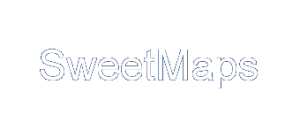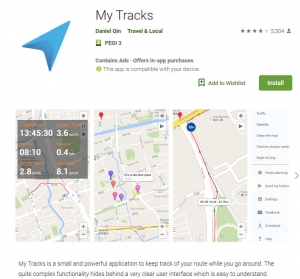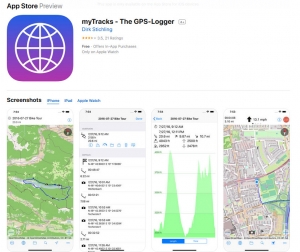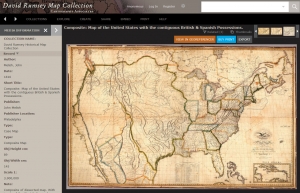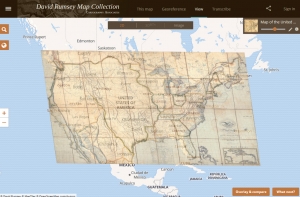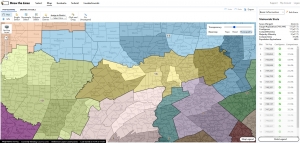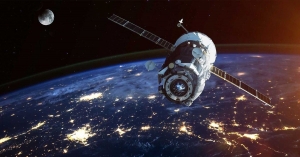Tracking Apps
Traveling a lot these days, and hiking and biking. There must be a way to keep track of my travels, organize and georeference photos and video’s, take notes, maybe even record comments as I move around. So, I am looking at iPhone and android tracking apps. Here’s my starter list:
MyTracks, for Android
MyTracks for Apple (different publisher)
A collection of apps for tracking other people (e.g. kids)
A collection of apps for longer trips
Polarsteps for Android, and for iPhone.
Avenza is an mapp app which requires that you download maps to use offline – some free, need to explore — looks like an amazing map collection. You can search the database of maps online.
